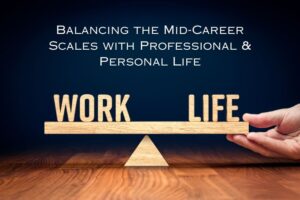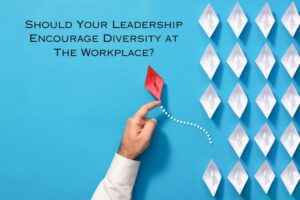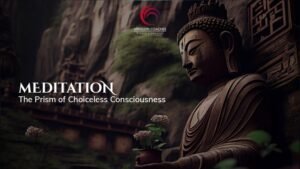Do leaders realize the need to keep growing? Or, do they think it’s okay to continue with the same knowledge as yesterday?
Leadership plays a pivotal role in determining the success of an organization. The way a leader approaches change and tackles challenges significantly influences the team’s performance. It also impacts the overall growth of the organization, especially in today’s VUCA (Volatile, Uncertain, Complex, and Ambiguous) world.
To shape future leadership skills effectively, a growth mindset becomes indispensable.
Concept of the Growth Mindset in Leadership and its Key Elements
Embracing a growth mindset means believing that intelligence, abilities, and skills can be developed through effort and continuous learning.
On the contrary, a fixed mindset assumes that intelligence and abilities are fixed traits and cannot be changed. For adaptability, agility, innovation, and growth, nurturing a growth mindset is crucial.
A growth mindset in leadership is characterized by several key elements:
- Effort
- Challenges
- Feedback
- Mistakes
Individuals with a growth mindset and a high SiQ or Spiritual Quotient view challenges as opportunities for learning and personal growth. They welcome feedback and perceive mistakes as a natural part of the learning process. Their FIT score too is high as they make efforts to increase their frequency of learning from their mistakes and successes. They also hold onto applying those lessons learned with all the intensity and tenacity they can use.
Moreover, they draw inspiration from the success of others. On the other hand, those with a fixed mindset tend to avoid challenges, give up easily when faced with obstacles, and often see feedback as a personal attack.
For an organization, having a leader with a fixed mindset can be detrimental. Such leaders may believe that their existing knowledge and experience are sufficient to solve any problem, leading them to ignore valuable input from their team and resist change.
Consequently, this can hamper creativity, hinder the organization’s ability to adapt to new challenges, and result in high employee turnover and stagnation. I once met a leader who was fixated on using the old ways to approach a new problem. This created a cascading effect of problems for the company, and soon a lull in sales resulted in bringing me in as the Business and Executive Coaches India to help identify the hidden gaps. After much deliberation and assisting this leader in facing the reality of the problem, he was able to bring in effective changes. This only happened after he realized that he needed to learn new ways, develop a growth mindset, and hence, develop a fondness for continued learning.
Therefore, a leader must actively seek feedback, promote collaboration, and remain receptive to new ideas, thereby fostering a culture of innovation and adaptability that propels the organization forward.



